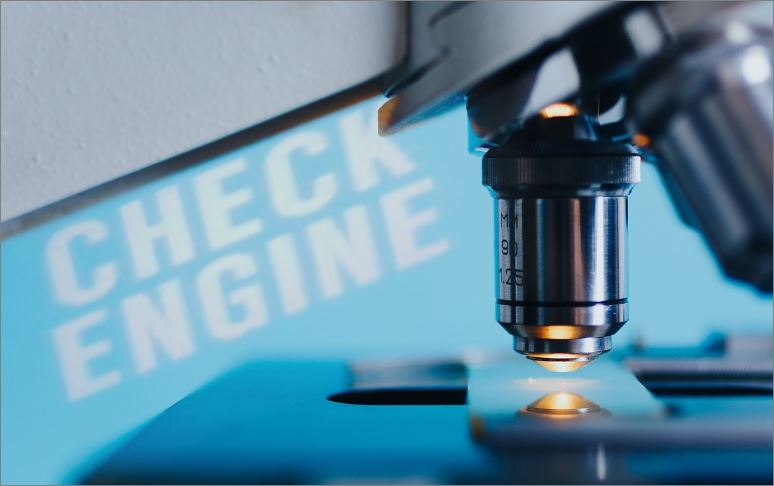Randy Clark, POLARIS Laboratories®, February 23, 2023 | I am often asked questions about laboratory testing compared to fluid analysis sensors. Mostly, the questions revolve around, “If I install sensors does that make the need for laboratory testing obsolete?”
This is a valid question and worth discussion.
I work for a fluid analysis laboratory, so my answer might run the risk of seeming biased. However, I also consider my 30-plus years in heavy equipment maintenance and maintenance management when answering.
Fluid condition sensors work well for real-time monitoring. They supply constant feedback alerting the equipment operator if any significant changes have occurred to the lubricant properties. Sensors perform this by measuring viscosity, dielectric constant, and conductivity and an algorithm to determine current lubricant properties compared to new oil. Once a meaningful change has occurred, or when a preset limit has been reached, a warning is received either by an alert monitor located in the cab or by monitoring streams of data. With some sensors, the stream of data can be a bit overwhelming, time consuming, and difficult to understand.
Sensors can alert you of contamination concerns or the change in viscosity, but what they cannot do is inform you what type of contamination is present or why the viscosity has changed. This still requires testing performed by a fluid analysis laboratory.
Let us compare this to the check engine light in your car. Once the check engine light comes on you would then scan for codes or take the car to the dealership, to get more information on why the check engine light is on and what repairs are needed. Fluid condition sensors are very much the same: they alert you that a potential problem exists and now it is time to send an oil sample to the laboratory for further testing for details of what is wrong and recommendations on how to fix it.
Sensors and laboratory testing both play a significant part in avoiding costly failures of your equipment and determining proper drain intervals. When combining both technologies together there is greater insight into the health and reliability of your equipment, thus preventing a situation of not having the equipment running and available when you need it.








